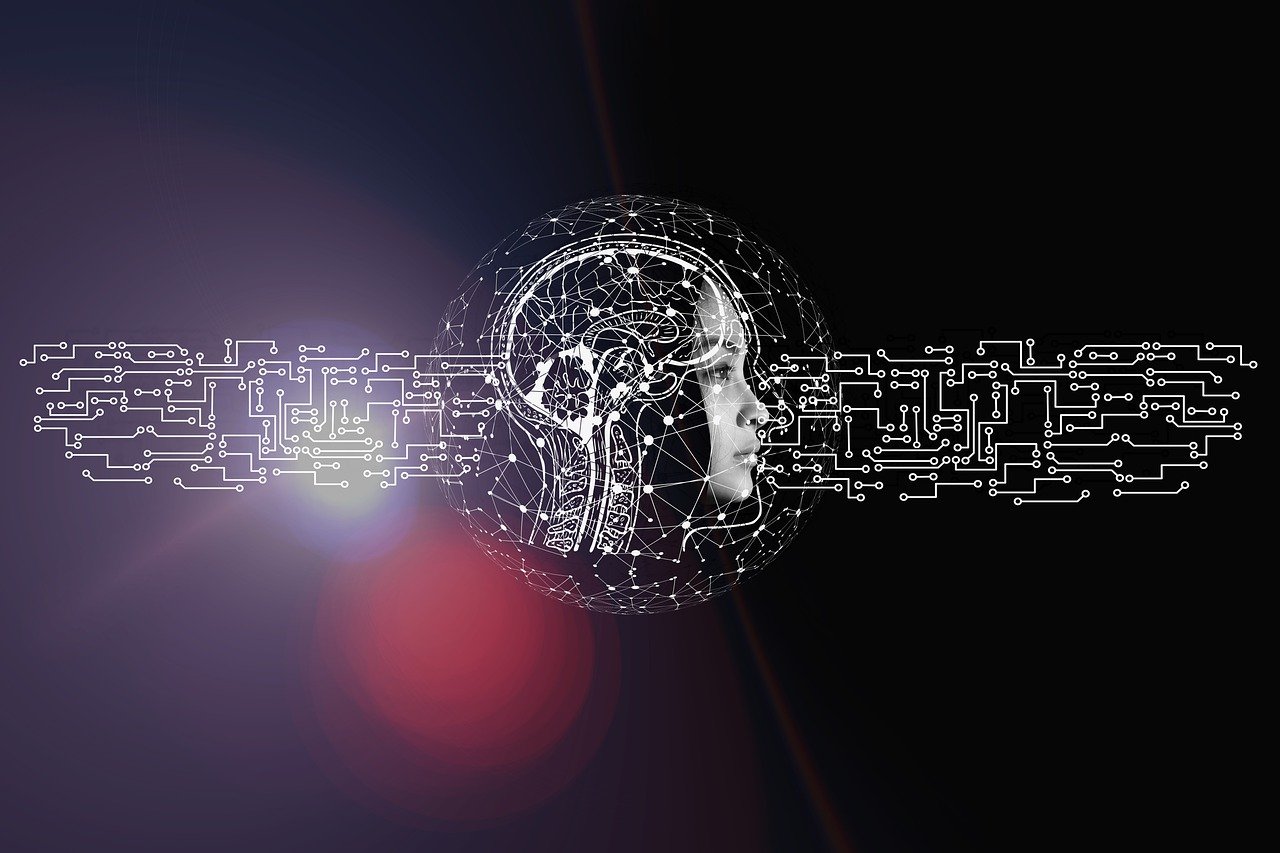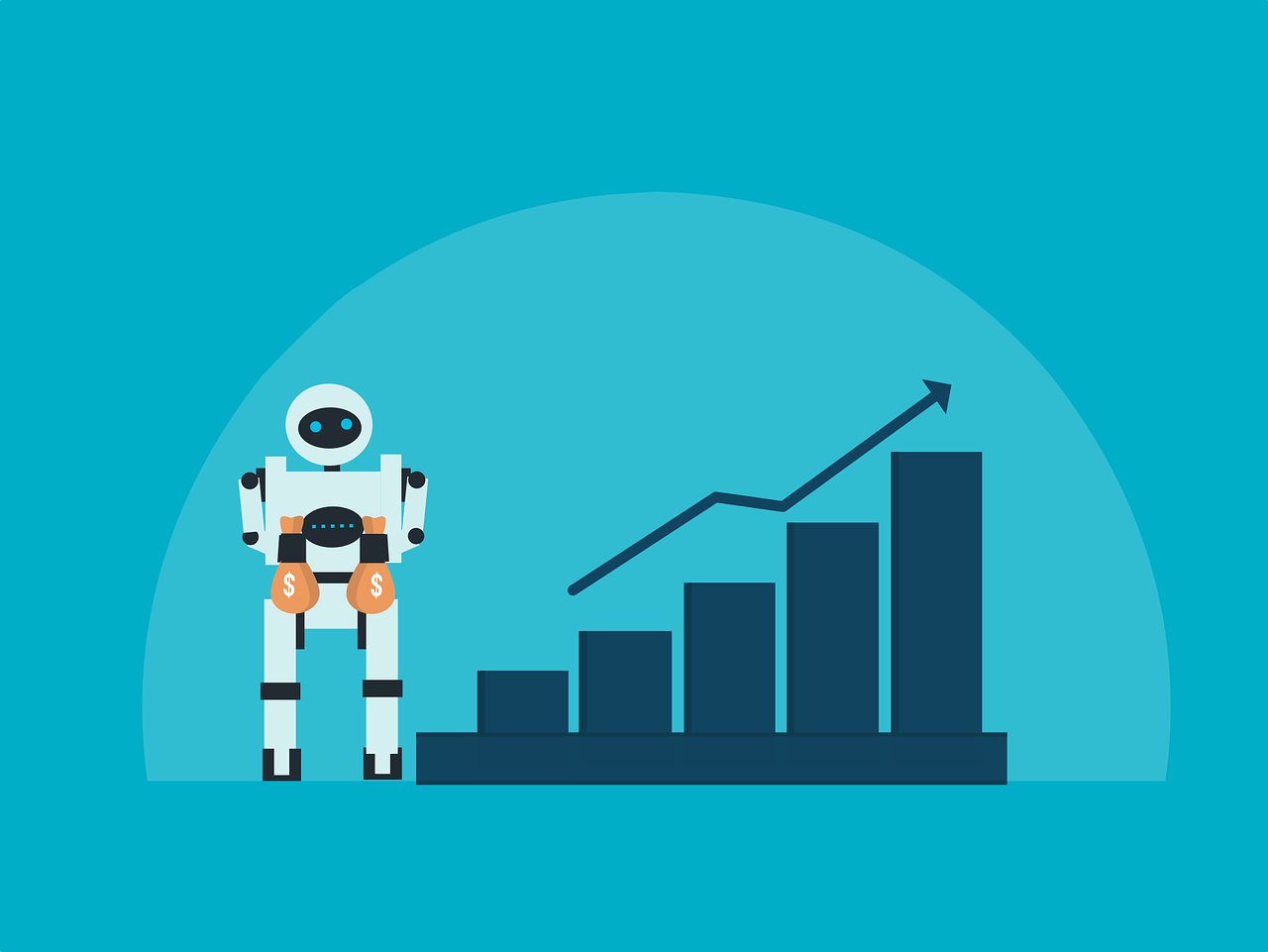Nexus Blockchain: Building the World's Largest Distributed Supercomputer

Brief news summary
Nexus aims to become the world’s largest distributed computing system by launching its innovative layer-1 blockchain mainnet this year, positioning itself as a “world supercomputer.” It enables anyone to contribute computing power from any device, forming a verifiable global network. CEO Daniel Marin emphasizes the platform’s use of advanced technologies, including succinct proofs from Mina Protocol for efficient state verification, a RISC-V-based zkVM that supports complex tasks such as AI inference, Celestia-like modular data availability, and HotStuff-2 consensus for fast finality. By leveraging Incrementally Verifiable Computation and STWO proving, Nexus transforms participant devices into verifiable nodes, allowing horizontal scalability. Supported by leading cryptographers, its final testnet recorded over 2.1 million unique users and 4,000 active accounts. With a planned Q3 mainnet launch, Nexus focuses initially on speed, infrastructure, decentralization, and community growth through quarterly updates to build a robust ecosystem tailored for the AI era.This segment is from the 0xResearch newsletter. To access full editions, please subscribe. Nexus is positioning itself as “the world supercomputer. ” Its Layer 1 (L1) blockchain platform is showcasing its ambitious goals as it finalizes its testnet phase ahead of a mainnet launch scheduled for later this year. Anyone can join the network easily from any device with just a few clicks, contributing computing power to help create what Nexus calls “a verifiable world. ” What exactly is a “world supercomputer”?According to CEO and founder Daniel Marin, it’s a novel concept: “The goal is to build the largest distributed computer system ever, ” Marin explained to Blockworks, “because we want to aggregate computing power to develop a blockchain with a new architecture. ” Nexus integrates familiar ideas from other advanced blockchains into a single, opinionated Layer 1. Similar to Mina Protocol, Nexus aims to compress all blockchain states into one succinct proof. However, while Mina leverages recursive SNARKs for constant-size proofs, Nexus utilizes a RISC-V-based zkVM designed to handle much more complex tasks, such as AI inference. Its choice of a RISC-V zkVM resembles RISC Zero’s technology, which allows general-purpose Rust code to be verifiably proven, but Nexus incorporates this virtual machine natively into its chain rather than as a separate service layer. Ethereum itself may eventually adopt a comparable approach. For data availability, Nexus’ planned sampling method parallels Celestia’s modular DA model. Its consensus mechanism is evolving from CometBFT (previously Tendermint) to HotStuff-2, making it more like Aptos or Sui. These protocols provide fast finality, and in Nexus’ case, help coordinate globally distributed proving tasks. Nexus embeds a decentralized compute cloud directly into its L1, turning every connected device into part of one verifiable computer powered by an Incrementally Verifiable Computation (IVC) machine.
This VM produces succinct proofs for each computation step, propagates those proofs using a DAG-style method, and consolidates them into a single Universal Proof. Nexus employs the Stwo (Circle STARK) prover. Though packed with technical terms, the key takeaway is that this design theoretically enables horizontal scalability, meaning every added node boosts network throughput. On the cryptography side, Nexus highlights contributions from leading experts like Jens Groth and Michel Abdalla, enhancing its credibility in zero-knowledge and blockchain research. This is not just theoretical. Last week, Nexus launched its third and final testnet, aiming for a mainnet debut in Q3. Nexus reports over 2. 1 million unique users across its testnets, with Sybil detection ensuring data integrity. Currently, approximately 4, 000 accounts are active, according to Nexus’ block explorer. For Marin, Nexus is about overcoming blockchain limitations “because it’s impossible to build any meaningful application today. ” He said, “Our hypothesis from the very start is that coding on a blockchain or coding on a zkVM should feel indistinguishable from coding on your own computer. ” The protocol prioritizes speed over decentralization. “We want to be decentralized eventually, but not right now; in fact, we want practically the opposite, ” Marin added. “It’s a philosophical stance that will upset some people. ” In the near term, Nexus plans quarterly releases, aiming to become the infrastructure backbone for the AI era. “We want users to feel, ‘Wow, we’re building the future. We’re part of a community and network. I can see other apps in the ecosystem, do quests, and have fun, ’” Marin concluded. Stay updated—explore Blockworks newsletters and get the news delivered to your inbox.
Watch video about
Nexus Blockchain: Building the World's Largest Distributed Supercomputer
Try our premium solution and start getting clients — at no cost to you

I'm your Content Creator.
Let’s make a post or video and publish it on any social media — ready?
Hot news

OpenAI sees better margins on business sales, rep…
The publication stated that the company enhanced its “compute margin,” an internal metric representing the portion of revenue remaining after covering the costs of operating models for paying users of its corporate and consumer products.

AI Video Generation Tools Enable Personalized Mar…
In the rapidly evolving field of digital marketing, artificial intelligence (AI) is playing a crucial role in reshaping how brands connect with their audiences.

Leveraging AI for SEO: Best Practices and Tools
As artificial intelligence (AI) advances, its significance in search engine optimization (SEO) grows markedly.

Decoding the Impact of AI on Advertising and Mark…
Artificial intelligence (AI) is fundamentally transforming the advertising and marketing industries, marking a profound shift beyond previous technological advancements.

Nvidia: Only A 3% Premium For The Most Important …
Nvidia: Just a 3% Premium for the Most Crucial AI Company The J Thesis 1

“AI SMM”, new training from Hallakate – Learn how…
In an era where technology is transforming how we create content and manage social networks, Hallakate introduces new training tailored for this new age: AI SMM.

AI Training GPU Cluster Sales Market Size | CAGR …
Report Overview The Global AI Training GPU Cluster Sales Market is projected to reach approximately USD 87
AI Company
Launch your AI-powered team to automate Marketing, Sales & Growth

and get clients on autopilot — from social media and search engines. No ads needed
Begin getting your first leads today








